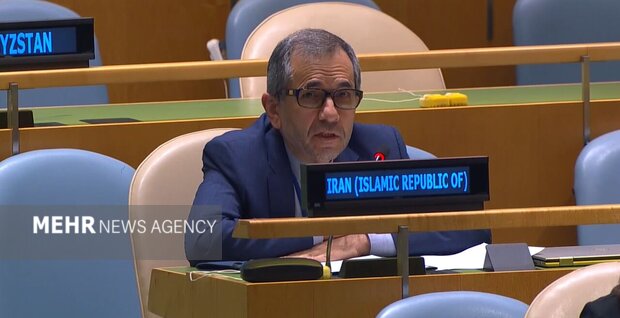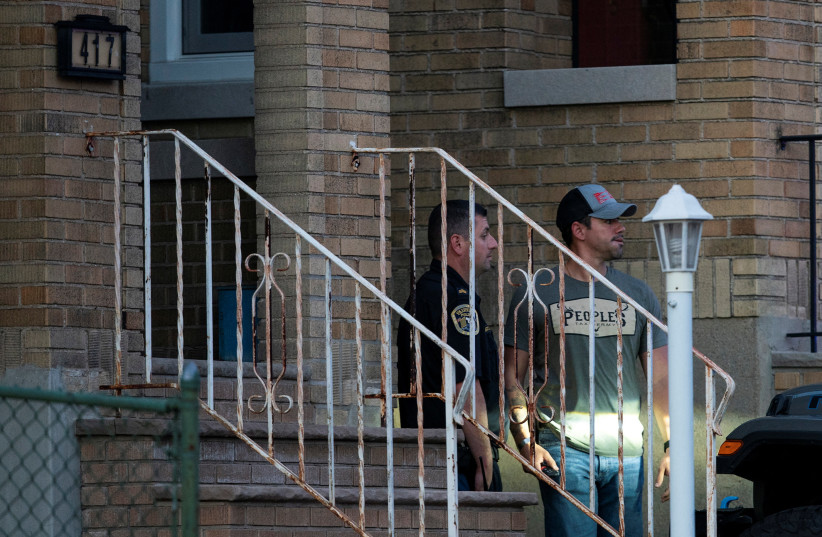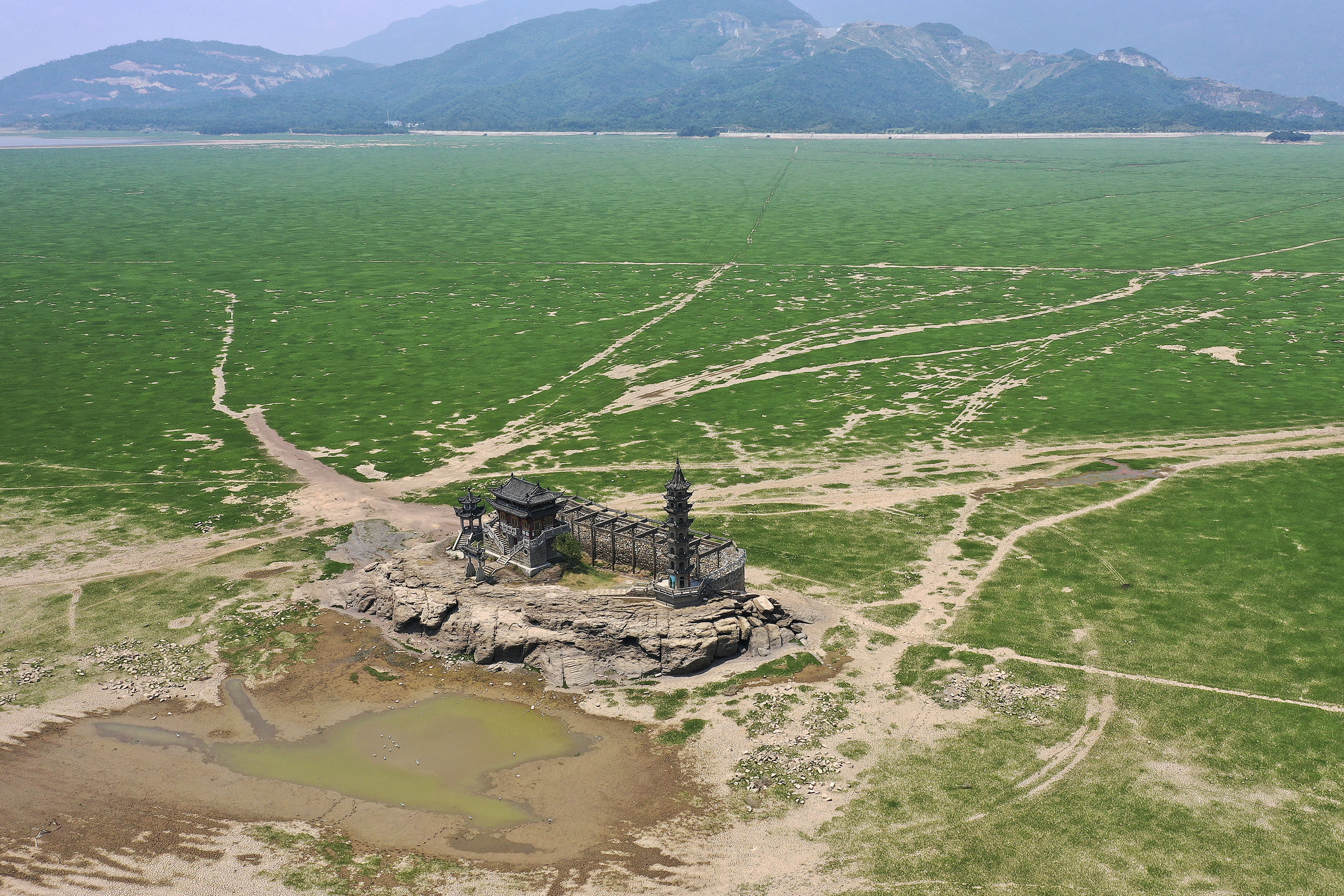Magistrate Judge To Tesla Buyer Suckered Into Paying Extra For ‘Full Self-Driving’ That Isn’t Full Self-Driving: Next Time Read The Fine Print
from the never-trust-a-huckster dept
For many years now, Tesla has referred to its various driver assistance tools as “full self-driving” and then acted shocked and surprised when people point out that it’s nowhere near what any normal human being would consider “full self-driving.” That, of course, hasn’t stopped Tesla boss Elon Musk from repeatedly promoting Full Self-Driving and insisting that it was going to truly be an autonomous driving setup in the somewhat near future. Lots of experts and officials have vocally complained that the “Full Self-Driving” name is dangerously misleading — and recently, the California DMV has actually filed a complaint against the company, alleging that “Full Self-Driving” is a deceptive practice as it is “untrue or misleading.”
However, Tesla is having somewhat better luck in a case where an actual purchaser of the Full Self-Driving capability, a guy who paid them $6,000 for the “feature” claimed that the company ripped him off in not actually providing anything approaching full self-driving (used colloquially). The guy is not represented by a lawyer (i.e., a pro se case), so it’s already off to a not great start — and the magistrate judge has basically recommended throwing out the bulk of the claims — more or less telling the guy he should have read the fine print before plunking down $6,000 on the dream of “Full Self-Driving.”
There is a very limited part of the case that is allowed to move forward, but effectively this is a win for Tesla. The guy, Joel Young, bought a Model 3 in May of 2019 and paid the $6k for “Full Self-Driving Capability” expecting that his shiny Model 3 would be fully autonomous by the end of the year. That didn’t happen. As the magistrate judge summarizes:
Plaintiff argues that Defendant’s description generated false impressions that the vehicle could drive itself without human intervention…. At the time he purchased the vehicle, it could not; it contained driver-assist features but did not have the software necessary for fully autonomous self-driving without human intervention because Defendant had not yet developed this technology….
Notwithstanding the fact that the car could not autonomously drive itself at the time of purchase, communications from Tesla CEO Elon Musk and information on Defendant’s website led Plaintiff to believe that the car would attain these abilities by the end of 2019. Plaintiff cites to a December 19, 2019 tweet by Musk, the contents of the website “[o]n the day that [Plaintiff] responded to [Defendant’s] solicitation via the wires”, and a February 29, 2019 interview between Musk and a money management firm in support of this belief…. Because Plaintiff’s vehicle could not drive itself autonomously without human intervention by December 31, 2019, Plaintiff sued Defendant for breach of contract, unjust enrichment, civil conversion, negligence per se, and fraud.
The problem for Young is that while Musk may pop off and say overly optimistic nonsense on the reg, Tesla seems to have hired mostly competent lawyers to avoid exactly these kinds of complaints. Though, to be fair, much of this entire thing could have been avoided if (1) Tesla didn’t refer to its non-self-driving suite of driver assistance tools as “Full Self-Driving” and (2) had, maybe, actually defined “Full Self-Driving” in the contract, which apparently the company… did not do. Even so, the plaintiff’s purported belief that “Full Self-Driving” means fully autonomous is definitely a stretch. The magistrate judge is not impressed.
As alleged in the complaint, the contract does not define the term “Full Self-Driving Capability.” Instead, the term appears on an itemized list of optional features for the Model 3 vehicle that the contract covers. Doc. 1 at 62 (Exhibit A to complaint). In his complaint, Plaintiff includes a word-by-word dictionary definition of “Full Self-Driving Capability”…. This is a legal conclusion that the Court is not required to accept as true and that I recommend the Court not accept.
The context in which the term “Full Self-Driving Capability” is used indicates that the term is used to describe a specific feature of the vehicle. This conclusion is supported by the fact that each word in the phrase is capitalized. Other capitalized phrases in the same section of the contract clearly refer to names for vehicle features rather than their dictionary definitions. For example, it would be difficult to believe that the “Pearl White Multi-Coat” exterior is made of real pearls, as a discrete word-by-word analysis might suggest. Instead, the context makes clear that “Pearl White” is an adjective used to describe a color. The term “Pearl White Multi-Coat,” taken as a whole, is a noun signifying a particular type of vehicle coating. The best way to determine exactly what “Pearl White Multi-Coat” means is to look at a vehicle with this coating or to look at a sample of this coating.
Similarly, the best way to determine what “Full Self-Driving Capability” means is to look at the context in which Defendant uses that term. As Plaintiff notes in his complaint, Defendant’s website provides a description of the term “Full Self-Driving Capability.” This definition includes the “hardware needed in the future for full self-driving” and explains that “[a]s these self-driving capabilities are introduced, your car will be continuously upgraded through over-the-air software updates.” … The website also identifies the need for regulatory approval. Id. This description therefore makes it clear that cars with Full Self-Driving Capability are not currently capable of driving themselves without human intervention. Nor does the website provide a date as to when cars with this feature will be capable of driving themselves without human intervention. What the website does make clear, however, is that cars with the Full Self-Driving Capability will have access to software updates necessary to provide self-driving capabilities as they develop and attain regulatory approval. This term is not reasonably susceptible to multiple interpretations; its only reasonable interpretation is that it is a name referring to the collection of features described on Defendant’s website.
So… because the website describes Full Self-Driving as a lot less than full self-driving, Mr. Young’s argument that Tesla meant full self-driving isn’t going very far.
The other arguments Young made don’t get very far either. The magistrate judge argues that Elon Musk’s comments in February of 2019 (before Young made his purchase) don’t bind the company either:
First, he cites a February 19, 2019 podcast interview by Tesla CEO, Elon Musk, in which Musk stated, “I think we will be ‘feature-complete’ on full self-driving this year, meaning the car will be able to find you in a parking lot, pick you up, take you all the way to your destination without an intervention this year. I am certain of that. That is not a question mark.” …. But the interview, to the extent that it was applicable to Plaintiff’s purchase at all, was superseded by the terms of the contract signed on May 20, 2019. The contract explicitly states, “Prior agreements, oral statements, negotiations, communications or representations about the Vehicle sold under this Agreement are superseded by this Agreement.”
In short: don’t ever rely on anything Elon Musk says about his products. If you purchase something based on those statements, you’re likely to get screwed and the contract protects Tesla, not the buyer.
Young also cited similarly silly comments from Musk from after he purchased the vehicle, but here, the magistrate judge notes, by then, he’d already purchased the car, so he can’t make the argument he relied on those claims to make the purchase decision. Basically: the contract rules everything.
Plaintiff points to Elon Musk’s December 19, 2019 tweet, which was part of a series in which Musk stated, “Tesla holiday software package has FSD sneak preview, Stardew Valley, Lost Backgammon & a few other things”…. Another Twitter user asked Musk whether he could release the software package early and Musk responded, “Needs a few more days of validation, then early access, then wide release”…. But this tweet does not help Plaintiff’s breach of contract claim. The tweet took place after the contract had been formed, so the tweet cannot have induced Plaintiff into purchasing the vehicle from a simple chronological standpoint. Count I, alleging breach of contract, states that Plaintiff “would not have purchased a 2019 Model 3 at all but for his reasonable and justifiable reliance on Tesla’s repeated, highly specific, and imperative representations about the efficacy of Full Self-Driving Capability, and about its certain delivery before the end of 2019.”… Musk’s tweet, made after Plaintiff signed the contract, therefore could not have influenced Plaintiff’s decision to purchase the Model 3 vehicle.
Where Young is on only slightly more steady ground is in arguing that when he purchased the “Full Self-Driving Capability” package, the Tesla website made some promises. But… he also overstates what those promises actually were. The website did list out what was included in “Full Self-Driving” which is, notably, way less than full self-driving, and then included some other features that it labeled as “coming later this year.” As the recommendation notes, these two lists fall into different categories:
Making all reasonable inferences in Plaintiff’s favor, by listing the four features in this first category under the heading “Full Self-Driving Capability” and above the sub-heading “Coming later this year”, the website can be fairly read to describe features that existed at the time Plaintiff purchased his vehicle. But, Plaintiff does not allege in his complaint that Defendant breached the contract by failing to provide any of the four features listed in the first category. Further, this page of the website also clearly states, “The currently enabled features require active driver supervision and do not make the vehicle autonomous.” … Thus, Plaintiff has no viable complaint that, because these four features did not actually make the vehicle fully autonomous, Defendant breached the contract. Although it likely would be a breach if, for example, Defendant had developed fully autonomous self-driving software and attained the necessary approvals but still refused to provide it to Plaintiff, Plaintiff makes no such allegation.
The story is slightly different for the features that were under the “coming later this year” label — but they didn’t actually promise full self-driving: just automatic driving on city streets and responding to traffic lights and stop sights. And… Tesla’s lawyers made sure the fine print said “the activation and use of these features are dependent on achieving reliability far in excess of human drivers as demonstrated by billions of miles of experience, as well as regulatory approval, which may take longer in some jurisdictions.”
And, so the magistrate judge notes that this is not even a promise that Young would get those features this year, but rather just that the company would make significant progress on those features — and then says there may be a contractual breach related just to that fact, though it’s pretty limited.
Reading the complaint in the light most favorable to Plaintiff, considering Plaintiff’s pro se status, and drawing reasonable inferences in Plaintiff’s favor, I read Plaintiff’s complaint as alleging that Defendant failed to deliver the two features promised in category two. Although Defendant made no promises as to when its vehicles would be fully automated such that they could operate safely without human intervention, in connection with the $6,000 Full Self-Driving Capability option, it did promise to stay on a certain track; namely, that by year end the Full SelfDriving Capability Plaintiff paid for would at least include recognizing and responding to traffic lights and stop signs and automatic driving on city streets. Allegations that Defendant did not deliver on those two features by the end of the year as promised states a claim for breach of contract.
As such, I recommend that the Court find that the complaint states a claim for breach of contract as to the two features “coming later this year” (recognizing and responding to traffic lights and stop signs and automatic driving on city streets). As to the reminder of Plaintiff’s breach of contract claim regarding Full Self-Driving Capability, I recommend that the Court grant the motion to dismiss.
The magistrate judge goes on to recommend rejecting all of the other claims as well.
Basically: yes, Elon Musk may have mislead the many Tesla fans out there, but when you’re purchasing a $60,000 car, you should probably read the details, or ask specific questions, before assuming that you’re actually going to get “full self-driving” rather than a suite of driver assistance tools.
Of course, as the California DMV is noting, the naming itself may be misleading, but (and perhaps this is due to the pro se nature of the plaintiff) this was not well argued in the complaint. The complaint over argued its case by suggesting that Young actually expected a fully autonomous vehicle when Tesla’s fine print was worded to avoid that specific promise.
Filed Under: autonomous vehicles, breach of contract, elon musk, full self-driving, joel young
Companies: tesla














